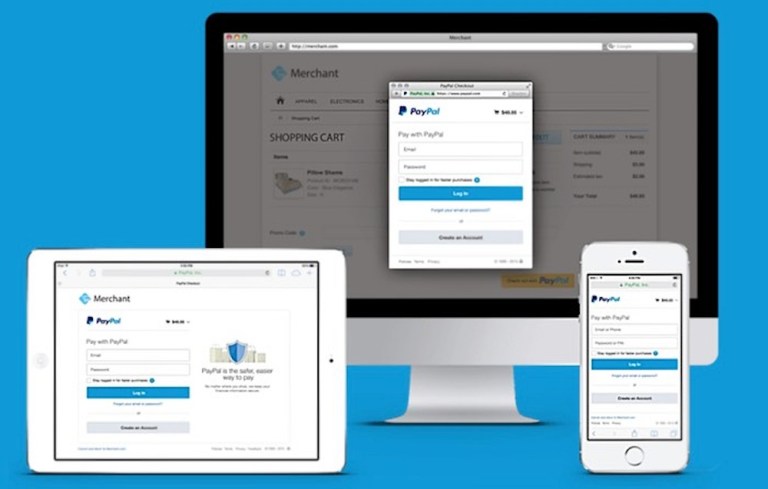
When PayPal announced its earnings last week, the world was laser-focused on a couple of numbers:
197 million accounts, worldwide, up from 192 last quarter and 184 at the start of 2016.
$354 billion in payment volume, for 2016, up from $282 billion from 2015.
What might have gotten buried a bit in the flurry of numbers reported was another number whose gains, PayPal’s Head of Global Partnerships Anuj Nayar said, exceeded PayPal’s own internal projections.
That number – 40 million – is the number of One Touch users that PayPal now has worldwide – consumers whose ability to check out with merchants is, well, one touch away. Nayar explained that the gains in One Touch are just further evidence of PayPal’s advantage as a two-sided platform that touches both the consumer and merchant – and scale.
“There is a lot of competitive pressure all over the world to capture consumer and merchant share at checkout – and those two things are highly interdependent,” Nayar noted. “I think what you have being seeing with PayPal — particularly with the rollout of One Touch — is an incredibly powerful demonstration of what a platform player like PayPal can do when it has the ability to connect the merchant with the consumer in an easy and seamless way.”
At scale – an attribute that, in payments, is the oxygen needed to survive and thrive. On that score, Nayar explained that PayPal has nearly 200 million users and 15 million merchants all over the planet — and growing. Milestones, Nayar said, are the direct result of the depth and breadth of the PayPal platform – PayPal, Xoom, Braintree, Venmo.
“Among all of the PayPal brands, we have well over a billion cards on file — not to mention capacity to really serve all points of the market,” Nayar told Webster. “There are a lot of our core technologies that enable one another.”
And that, he notes, allows PayPal to make the kinds of moves and real changes to the ecosystem that lots of players would like to make, but find challenging in the absence of having platform assets that operate at scale.
The proof, Nayar noted, is in the PayPal One Touch pudding.
The Magic of One Touch
PayPal knew that the rollout of One Touch would be successful – eliminating the friction of shopping online with a one touch checkout was a mobile user’s manna from heaven. But even PayPal, Nayar said, has been surprised by the degree to which One Touch has ignited over the last year.
“This is far and away the most adopted product in PayPal history. When we are looking at 40 million users and five million merchants who’ve opted in — you’re starting to see real, real traction around this now,” Nayar said, noting that in even the short time it has been out, One Touch use is going up in terms of user frequency and spend. Consumers are using the service more often, and spending more money every time they do.
The reason, he noted is pretty simple: it makes life easier for everyone. Customers only have to opt in once by essentially “registering” each of the devices they use to shop only once with the PayPal account by tapping their approval.
Merchants don’t actually need to do anything to enable OneTouch – they get it for free, no buttons required.
“The checkout conversion rate is almost 90 percent — 87.5 percent, to be exact,” Nayar noted.
What we are starting to see now is people are getting used to seeing it — and its presence is triggering a behavior in the customer. That’s a very powerful thing — and means we are seeing a real improvement to the consumer experience for digital payments. This is solving a problem — and solving it for consumers wherever they shop — in an app or on the web.”
It’s easy to use and easy to tap into — and it’s really available (and getting more so every day), which means it is not just a theoretical thing that could be great if only there were merchants that used it. And, Nayar thinks, it’s is the future of where payments is going.
What’s Next
The goal for 2017 is straightforward: more of the same. There are still merchants with older integrations that need to get on board the PayPal One Touch train – and more merchants new to the PayPal platform for which having One Touch will help them do the one thing that they want to do most – sell more stuff to people buying it using mobile devices.
No doubt, the competition will be fierce. But Nayar noted, the competition in the digital payments space has been fierce for about 18 years. PayPal, Nayar said, will keep on doing what it’s always done — figuring out where the real pain points are for consumers and merchants and filling them.